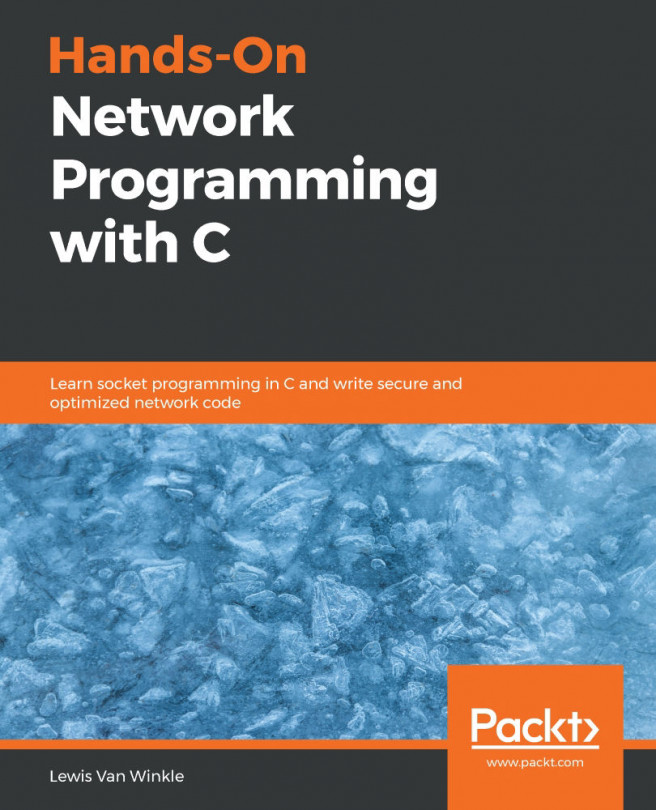In this chapter, we explored the very niche, but extremely powerful, subject of network device analysis using .NET Core libraries. We started by learning about how network devices communicate information about themselves across device-agnostic connections to establish an internal registry of nearby device addresses and interaction mechanisms. In doing so, we learned about the use of broadcasting, and broadcast addresses for transmitting messages reliably, even without any connection information about the devices you intend to communicate with. Finally, we learned how uniquely addressing hardware interfaces can facilitate device identification even in the absence of a registered network address.
Once we learned about the features and interactions that are necessary to facilitate more typical interactions between hosts on a network, we looked at how we can access that low...

























































